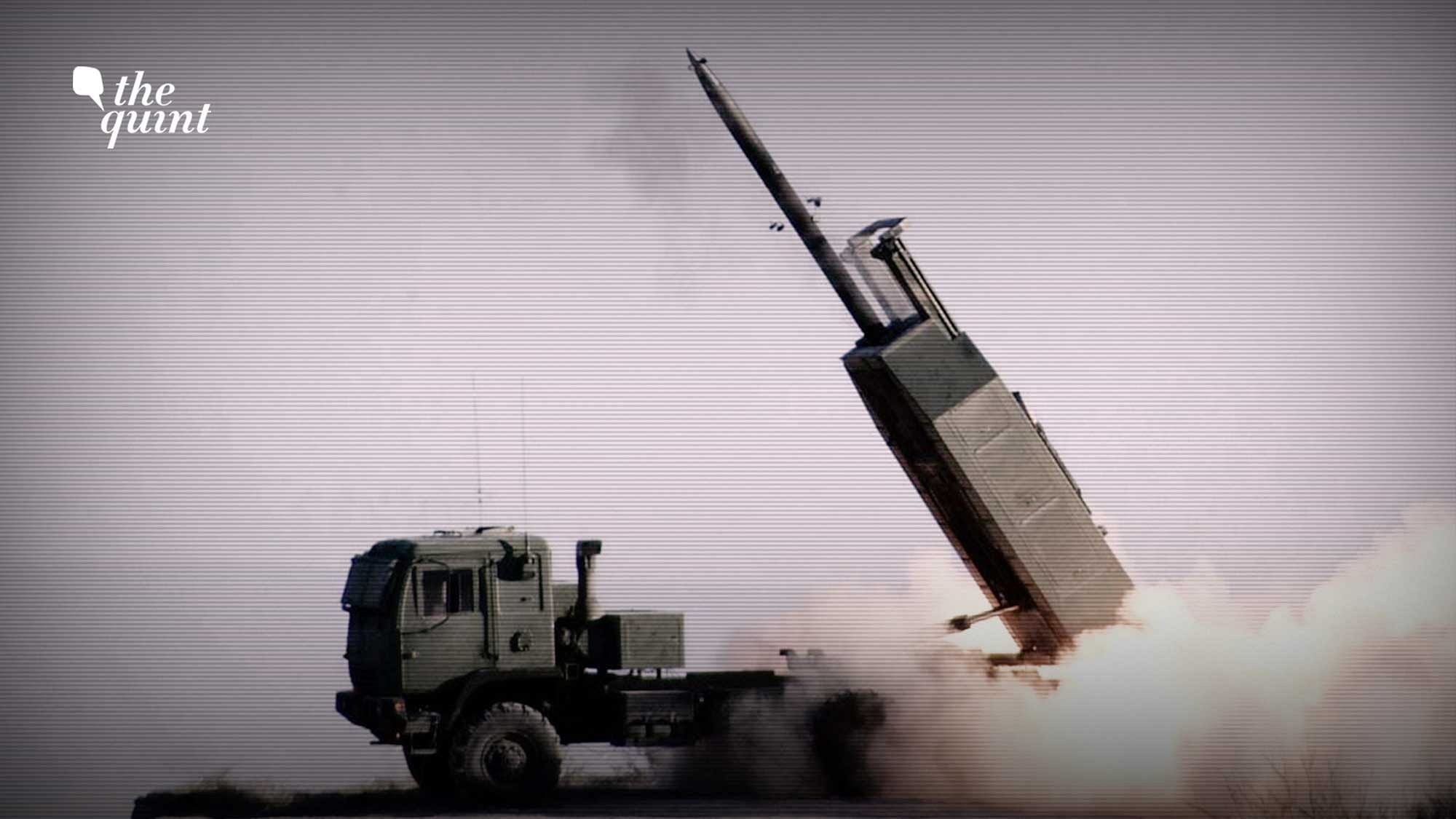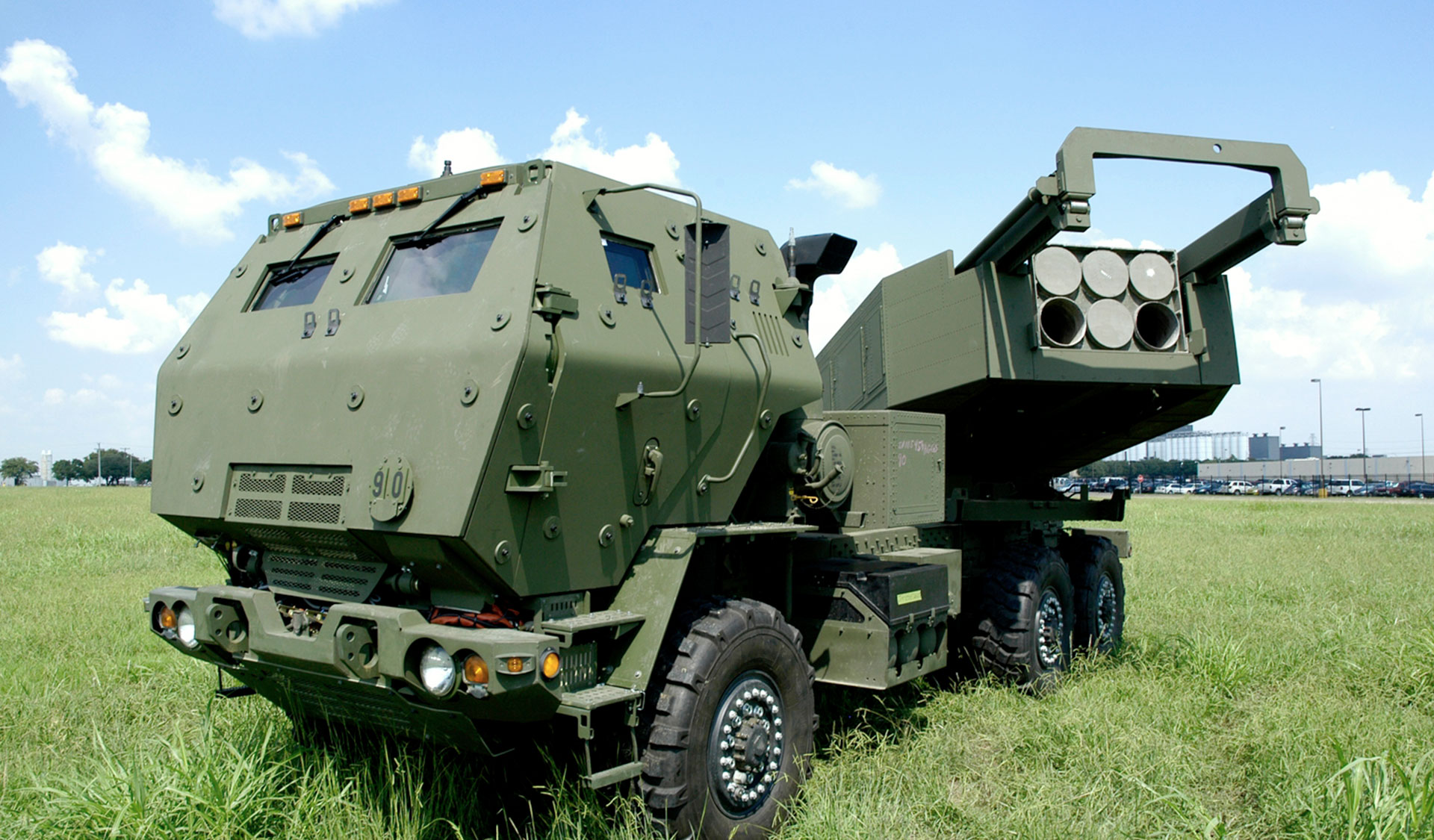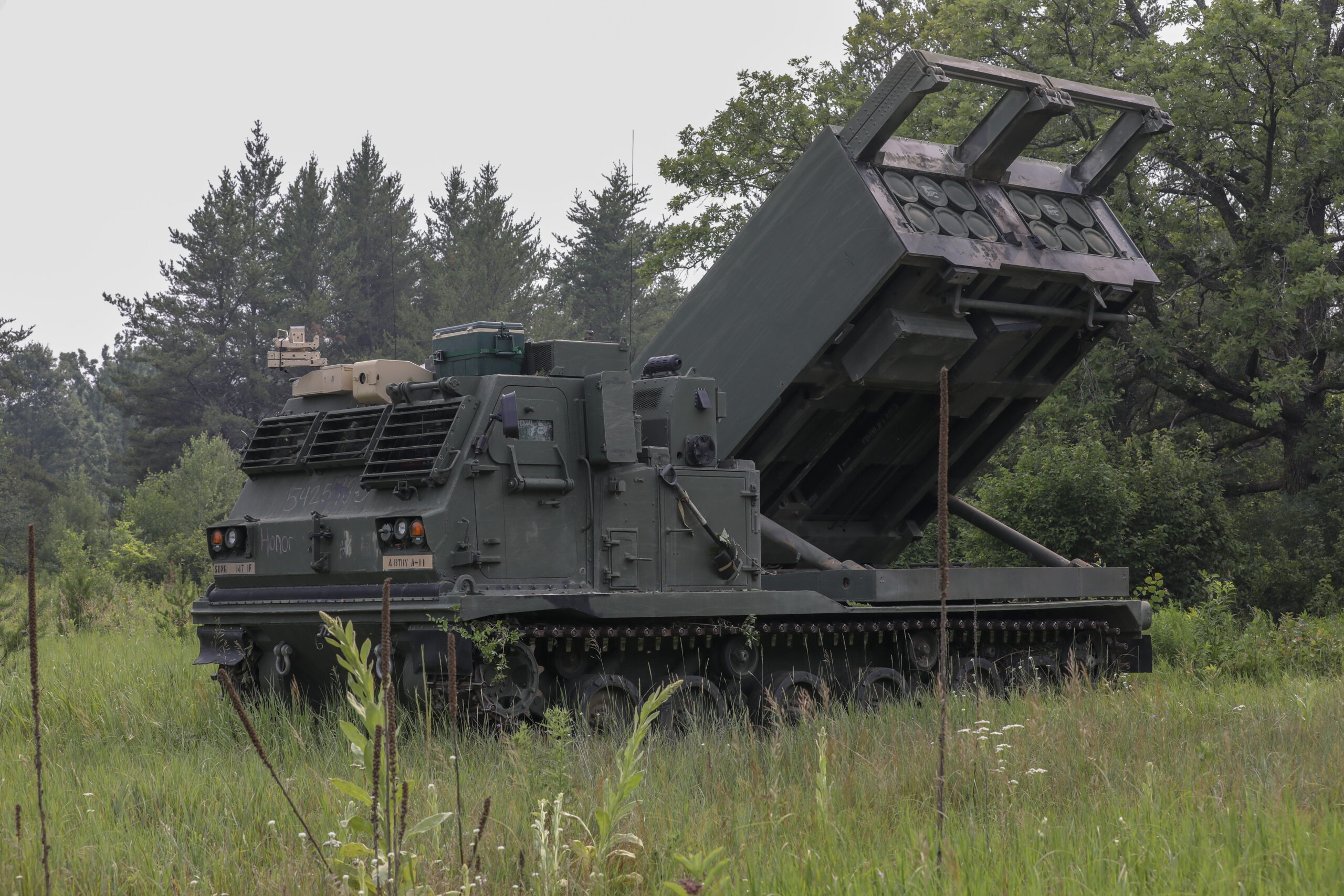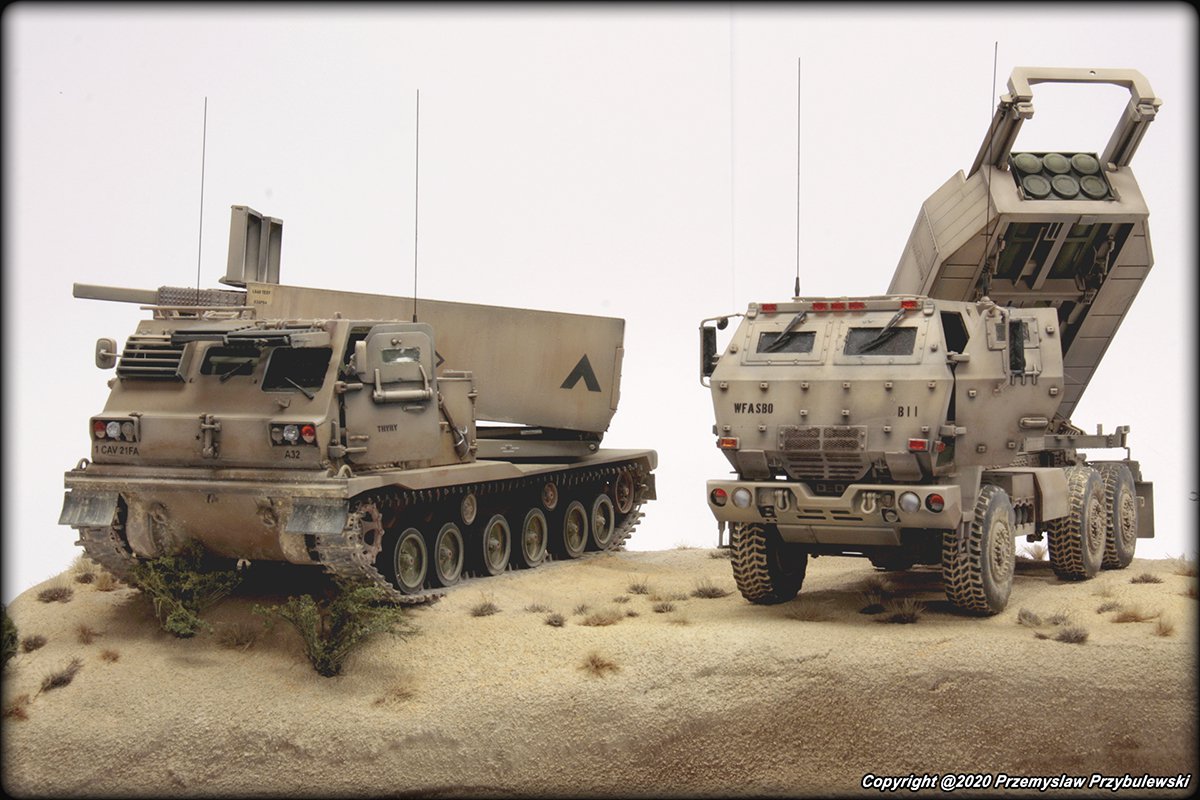M142 Vs M270 - U. S. The military variant of the MLRS vehicle is based on the chassis of the Bradley Fighting Vehicle. The first M270s were delivered in 1983. The MLRS was later adopted by many NATO and other countries. The MLRS first saw service with the United States in the 1991 Gulf War. The MLRS has been upgraded for ballistic missiles, and was used by Ukraine in the 2022 Russian invasion of Ukraine.
In the early 1970s, the Soviet Union had a clear advantage over the US and NATO forces in rocket artillery. Soviet tactics of bombing with many vehicle-mounted multiple rockets (MRLs), such as BM-21, will saturate the target with thousands of rockets, to ensure that some will hit special purpose during mental illness. By contrast, American artillerymen preferred cannon artillery for its relative accuracy and ammunition savings over "space fire" rockets, and as a result only a small amount remained of the World War II vintage. Fireworks.
M142 Vs M270

This perception began to change after the 1973 Yom Kippur War, which saw heavy casualties, especially from surface-to-air weapons such as surface-to-air missiles (SAMs). , as well as the good Israeli work on hitting sites such as MRLs. This combined with the recognition that such knowledge would occur on a larger scale during the war, perhaps in Europe. It will be used to measure emy anti-aircraft and for counter-battery fire, and place cannon units to provide close support to ground forces.
Can Us Supplied Himars Be A Game Changer For Ukraine?
The MLRS was developed as a General Support Rocket System (GSRS). In December 1975, the United States Army Missile Command sent a request for business proposals to help determine the best engineering approach for the GSRS.
In March 1976, the Army awarded contracts to Boeing, Emerson Electric, Martin Marietta, Northrup, and Vought to explore the definition of GSRS.
In September 1977, Boeing Aerospace and Vought received a contract to develop prototypes of the GSRS. In 1978, the United States Army Aviation and Missile Command changed the program so that the GSRS could be produced in Europe.
This is to allow European countries, which have implemented their own MLRS programs, to buy into the program.
Britain To Send M270 Rocket Launchers To Ukraine
In July 1979, the United States, West Germany, France and Great Britain signed a memorandum of understanding for joint development and production of the GSRS. In November 1979, the GSRS was upgraded to the Multiple Launch Rocket System.
The Army evaluated prototypes of the MLRS from December 1979 - February 1980. The Army selected the Vought system in May 1980. Vought began low-cost production in early 1982.
The first operational M270 battery was built in March 1983 and the first unit went to West Germany in September.

The M270 MLRS weapon system is labeled the M270 MLRS Self-Propelled Loader/Launcher (SPLL). The SPLL is composed of three main subsystems: the M269 Loader Launcher Module (LLM), which also houses the electronic control unit, connected to the M993 Carrier Vehicle.
Ukraine Defense Contact Group: Joint Statement
M993 is the name of the M987 carrier used in the MLRS. The M987/M993 is a derivative of the Bradley Fighting Vehicle chassis.
Originally called the Fighting Vehicle System, the M987 chassis was developed as the basis for several vehicles. These include the XM1070 Electronic Fighting Vehicle, the M4 Command and Control Vehicle, the Armored Treatmt and Transport Vehicle and the Forward Area Armored Logistics System (including three vehicles including the XM1007 AFARV Vehicle.
The first GSRS plan proposed a rocket with a diameter of 210 mm. After European organizations joined the project, these were replaced with 227 mm rockets to fit the AT2 mine.
The doctrine of the Cold War for the M270 was for vehicles to present themselves and hide until needed, move to the firing point and fire their missiles, immediately move to the retreat, move to a new shelter near another fire station. The shoot-and-shoot tactics were planned to avoid the Soviet counter-battery fire. One M270 firing 12 M26 rockets will drop 7,728 missiles, and one MLRS battery with nine rockets firing 108 rockets has the equivalent of 33 battalions of artillery.
Army Tactical Missile System (atacms)
The system can fire rockets or MGM-140 ATACMS missiles, which are available in interchangeable parts. Each pod has six missiles or one ATACMS guided missile; the two types cannot be mixed. The LLM can handle two caps at a time, which are hand-loaded using a combination winch. Every dozen rockets or two ATACMS missiles can be fired in less than a minute. A missile firing twelve missiles can cover a square kilometer full of submunitions. An MLRS group salvo consists of three M270 vehicles, each firing a total of 12 rockets. With each missile having 644 degrees of M77, the cover will fall 23,184 degrees into the target. But with a two percent dud rate, that would result in approximately 400 explosive devices scattered across the region, which could threaten fridly soldiers and civilians.
In 2003, the US Army began producing low-cost M142 HIMARS. HIMARS fires all the missiles of the MLRS, but is based on the chassis of the Family of Medium Tactical Vehicles.
In 2006, the MLRS was updated to include shooting practices. Phase I testing of environmental guidance (XM31) was completed at a rapid pace in March 2006. Due to the Urgent Need, the environmental guidance was quickly developed and used in action in Iraq.

Lockheed Martin also received a contract to convert the existing M30 Dual-Purpose Improved Convtional Munition (DPICM) GMLRS missiles to the XM31 unit variant.
Us Multiple Rocket Launcher M270 Mlrs Camo Rigged 3d Model $199
The M31 GMLRS Unitary rocket launcher turned the M270 into the primary artillery spotter. Due to GPS guidance and a 200 lb (91 kg) high-explosive warhead, the M31 can hit targets accurately with less damage while requiring fewer missiles, reducing the logistical needs. The unitary warhead also allows the MLRS to be used in cities. The M31 has a dual-type fuse with point detonation and delay capable of attacking soft targets and lightly fortified bunkers, with the modified M31A1 equipped with a multi-type fuse that adds a proximity airburst type to workers in the workforce; The proximity mode can be set to 3 or 10 meters (9.8 or 32.8 ft) Height of Explosion (HOB). The GMLRS has a minimum range of 15 km (9.3 mi) and can engage targets up to 70 km (43 mi), impacting at a speed of Mach 2.5.
The German artillery development, called the Artillery Gun Module, used the MLRS chassis on its development vehicles.
In 2012, a contract was announced to upgrade the armor of the M270s and improve fire control for the prototype of the M142 HIMARS.
In June 2015, the M270A1 tested the missile after being upgraded by the Improved Armored Cab project, which provided the vehicle with an armored cab and windows.
Ukraine War: Uk To Send Ukraine M270 Multiple Launch Rocket Systems
In early March 2021, Lockheed announced that it had fired a prototype of the GMLRS with a range of 80 km (50 mi), part of an effort to increase the missile's range to 150 km (93 mi) .
When first deployed with the US Army, the MLRS was used in a mixed army consisting of two batteries of howitzers and one battery of MLRS SPLL (self-propelled loaders/ launchers). The first operational battery was C Battery, 3rd Battalion, 6th Field Artillery, 1st Infantry Division (Ft. Riley, Kansas) in 1982. The first operational organic or "full MLRS" unit was the 6th Battalion, 27th Field Artillery.
Originally the battery had three platoons of three launchers for nine launchers per battery; by 1987, 25 MLRS batteries were operational. In the 1990s, the battery was reduced to six launchers.

The 6th Battalion, 27th Field Artillery was reactivated as the Army's first Multiple Launch Rocket System (MLRS) battalion in October 1984, and became known as the "Rocket Busters". In March 1990, the unit was sent to White Sands Missile Range, New Mexico to conduct the first operational tests and evaluation of the Army Tactical Missile System. The success of the test provided the military with accurate, long-range fire support.
The United Kingdom And Norway Agreed To Transfer The M270 Mlrs To Ukraine
In September 1990, the 6th Battalion, 27th Field Artillery deployed to Saudi Arabia in support of Operation Desert Shield. Assigned to the XVIII Airborne Corps Artillery, the unit played an important role in the early defense of Saudi Arabia. When Desert Shield became Storm, the battalion was the first U.S. Army to fire into Iraq. During the war, the 6th Battalion, 27th Field Artillery provided rockets and rockets on time and were charged with two US corps in the theater, 82nd Airborne Division, 6th Frch Light Armored Division , 1st Armored, 1st Infantry Division, 101st Airborne. Division, and 24th Infantry Division (Mechanized).
The 92nd Field Artillery Battery (MLRS) deployed to the Gulf War in 1990 from Ft. Name Texas. 3/27th FA (MLRS) from Fort Bragg deployed in support of Operation Desert Shield in August 1990. A/21st Field Artillery (MLRS) - 1st Cavalry Division Artillery deployed in support of
Firebox m270, m270 beads, m270 watchguard, motile m142, sph m270, craftsman m270, m142 cradle, m142 himars, logitech m270, mlrs m270, m270, m142